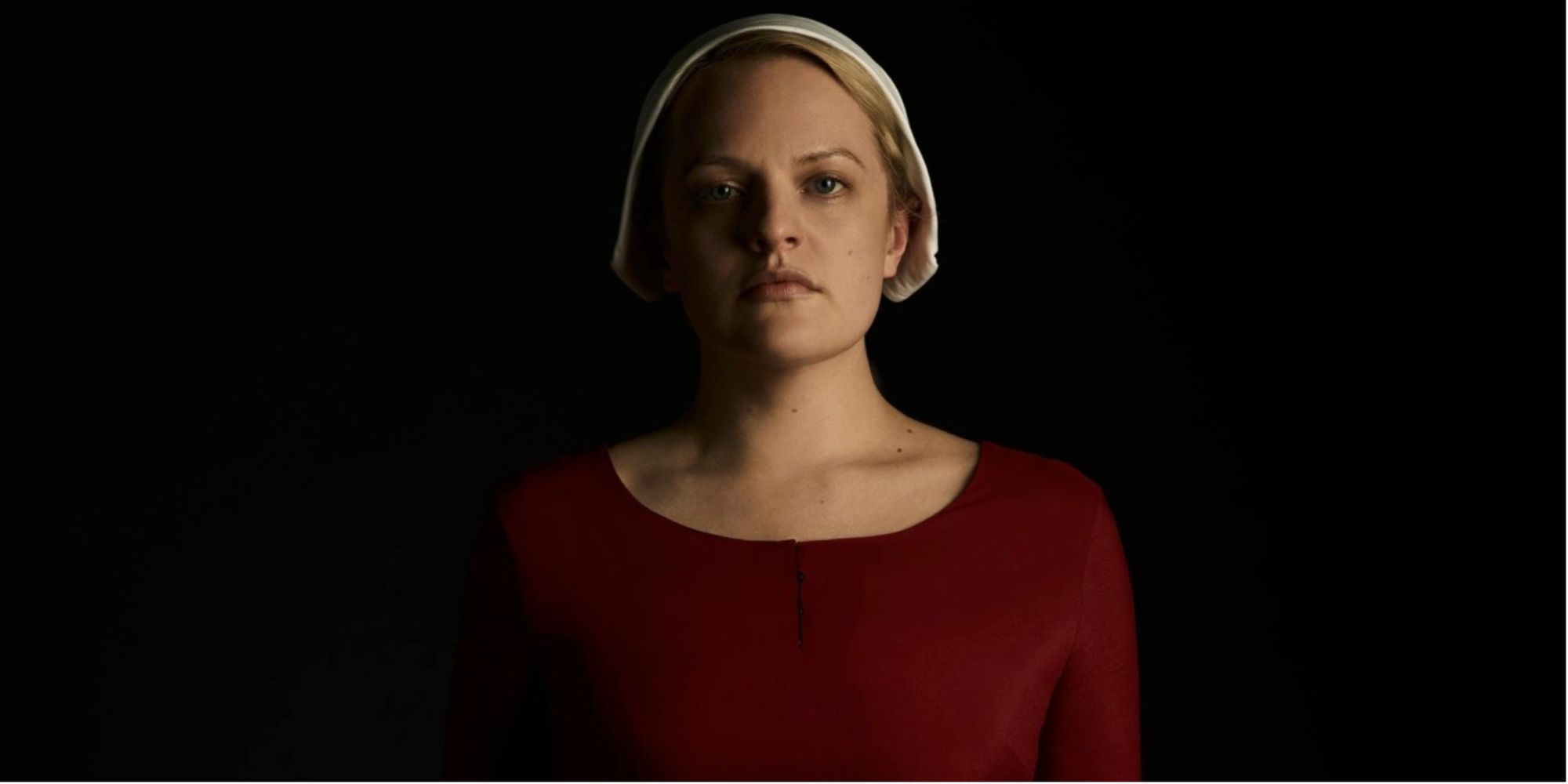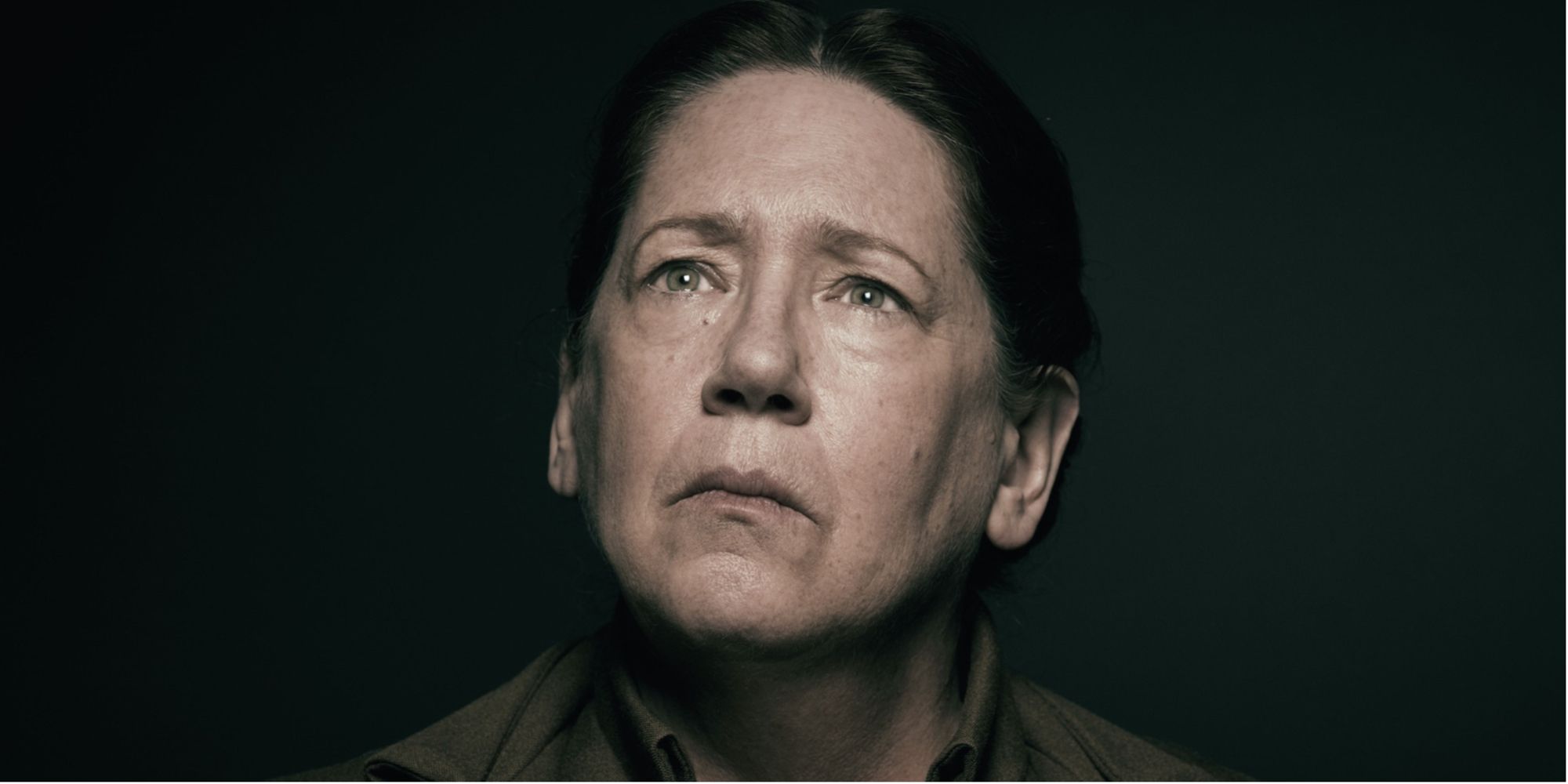Red cloaks and fighting against oppression, Hulu’s notorious series The Handmaid’s Tale has become iconic in its dystopian depiction of a world where reproductive rights of women are orchestrated under theocracy. Launched in 2017, The Handmaid’s Tale and its fictional world of a modified America - known as Gilead - solves a global infertility crisis through the indoctrination of a duty to God, particularly the ideas stemming from the Genesis and the story of Rachel and Jacob. The Emmy award-winning program stars Elisabeth Moss, Yvonne Strahovski, Joesph Fiennes, and Ann Dowd.
The infamous series was inspired by Margaret Atwood’s 1985 prolific novel of the same name, which explored the same themes and issues as the series. Behind the fictionalized torture and theocratic reign is real issues that have plagued society, from declining birthrates to criminalization of homosexuality, The Handmaid’s Tale offers a bleak look into a world that could materialize if under the right strain and constraints. A bestseller and symbol to women’s rights, the adaptation nods to the original novel in many ways, but as with most cinematic retakes, there are noticeable differences between the novel and the series.
Offred's Identity
From the first episode of The Handmaid’s Tale, viewers know Elisabeth Moss’ character as handmaid Offred (meaning that she belongs to her Commander, Fred Waterford) in Gilead, and as June Osborne, her real name pre-Gilead times. In the series, June is strong and isn’t afraid to fall out of subservience, even in the face of serious consequences. Once she realizes that pregnancy makes her somewhat untouchable, she risks her safety for the hopes of leaving Gilead with her estranged daughter Hannah (Jordana Blake) in tow. However, in the original novel, the protagonist is never named - she is merely referred to as Offred.
In the ending of the first chapter, Margaret Atwood writes of women lying in an old gym building floor at the Red Center, where they exchange the names ‘Alma, Janine, Dolores, Moira, June’. During the rest of the novel, all the women’s names are mentioned again, asides from June’s. This prompted readers to interpret Offred’s real name as June, which although not Margaret Atwood’s intention, she welcomed the idea. This in turn led to Offred becoming June in the series, when show runner Bruce Miller researched the novel. Notably, Offred’s character in the book is more cautious and passive, overrun by fear and uncertainty of her situation.
The Waterford's Age And Power
The main antagonists of The Handmaid’s Tale, Serena Joy Waterford (Yvonne Strahovski) and Fred Waterford (Joseph Fiennes) are at the forefront of Gilead’s creation, where they worked together to harness support of a theocracy that aims to repopulate America and instill traditional Christian values back into a world that has become corrupt. In the series, Fred is a man in his 40’s who is high in the ranks of the Commanders, and Serena is in her 30s, who is infertile.
The novel depicts a contrasting depiction of these characters. Fred is described as looking like a “Midwestern bank president” who has gray hair, and his prominence in Gilead’s structure isn’t clear. Serena on the other hand, is written to be an old, bitter woman with a cane, who Offred imagines to dye her hair blonde hair to cover the grays. The only correlating characteristic that runs through both stories is that Serena is presumed infertile, hence the need for a handmaid. This characteristic is a huge part of Serena’s character motivations, which her interests often meet in conflict. For the purpose of the show, the main characters were all roughly the same age to add intensity to their relationships, which particularly is harbored in the dynamic between the fertility difference between June and Serena.
Diversity
The Handmaid’s Tale is joined by a diverse cast, where the construction of Gilead impacted everyone in America - the fertility crisis and derailing from fundamentalist beliefs were not a heterosexual white-centric issue, though it is noted that those in power are predominantly that so in the series.
The series aims to project voices the experiences from African-American members such as Luke (O-T Fagbenle), Hannah, and Moira (Samira Wiley), as well as represent members of the LGBTQ+ community through characters like Emily (Alexis Bledel), for the creators determined that the creation of Gilead should affect all characters, independent of race, sexuality, or gender. The novel focuses on the experiences of white men and women in Gilead, for any people of color were removed from society through resettlement, and instead leant towards the homophobic nature of Gilead, where women like Emily were persecuted for their sexuality.
Nick's Characterization
Nick Blaine (Max Minghella) is a quieter, more ambiguous character of The Handmaid’s Tale, whereby he joins The Sons of Jacob when he loses his job, which derails him into the world of Gilead. Working as a driver for Commanders and a member of the Eyes, he uses his position to discretely get information to help and hinder those in Gilead. He becomes central to the plot when he and June become involved together, and June is pregnant with his daughter.
Although the arrangement was made by Serena in order to keep the baby for herself, she was unaware that the two characters were already involved with one another. Nick helps June in any way he can, without compromising his position in Gilead’s structure. In the novel’s version, Nick is a mysterious figure who hides his emotions, past, and true intentions. Readers at the end of the novel are unable to extrapolate whether Nick is a part of the Eyes, or secretly a member of Mayday, which isn’t cleared up when June is taken away by the Guardians.
Luke's Fate
Luke is a minor character in the world of Gilead, but ends up being a vital character in Canada. When Luke is separated from June and Hannah, it is first presumed that he is dead, as June hears gunshots as she is dragged away. Later in season one, viewers learn that he successfully crossed the border to Canada, where he joins the resistance in attempts to reunite his family.
Luke works tirelessly alongside Moira to provide support to those who have escaped Gilead, and even looks after his step-daughter Nicole when she is smuggled across the border. In the novel, Luke is a background character that only exists as a memory in Offred’s mind. She laments on their relationship, and while she recognizes that he may be dead, she clings to the hope that he is alive. The reader is never rewarded with information about Luke’s fate beyond their separation.
Aunt Lydia's Prominence
Aunt Lydia (Ann Dowd) is a prominent figure in Gilead, tasked with keeping the handmaids in line and teaching them subordination for the approval of God. She is central to the events the handmaids take part in - from births to salvagings - and is often shown when June is punished for her actions.
Aunt Lydia in the novel is only mentioned in Offred’s flashbacks of her time at the Red Center or at major handmaid events, where she is a background character who is known to be brutal. She is a one-dimensional character whose backstory is not explored, unlike in the series.
Season One's Storyline
If viewers of The Handmaid’s Tale also read the original novel, one of the biggest differences is the overarching plot between the two mediums. The novel follows Offred’s journey as she has already become a handmaid, flashing back to her memories of Luke and Hannah. It then traverses through June’s risky relationship with Commander Fred, her agreement to sleep with Nick as a vice to get pregnant, and her subsequent infatuation with Nick.
The novel ends without any information about Luke and Hannah, and June is taken away by the Eyes after Serena finds out that she went to Jezebels. The Handmaid’s Tale television series follows the narrative beyond the novel’s premise (covered in season one) and incorporates backstories of major characters.








